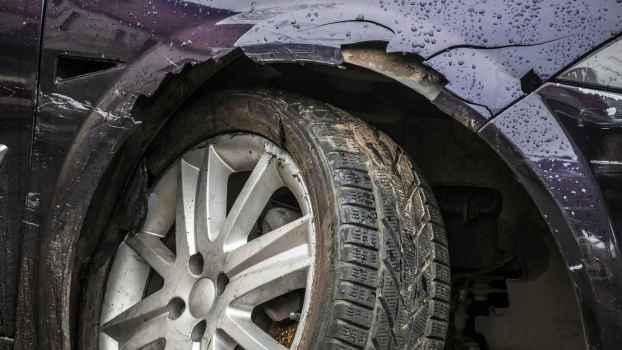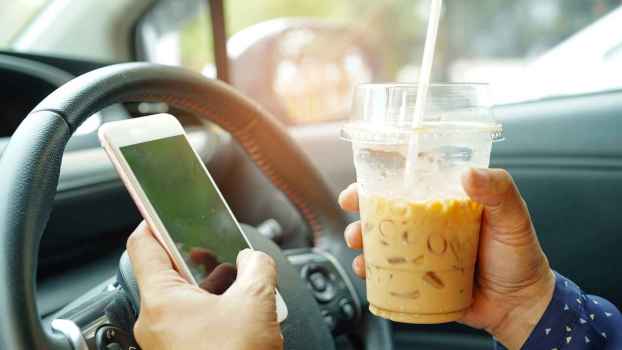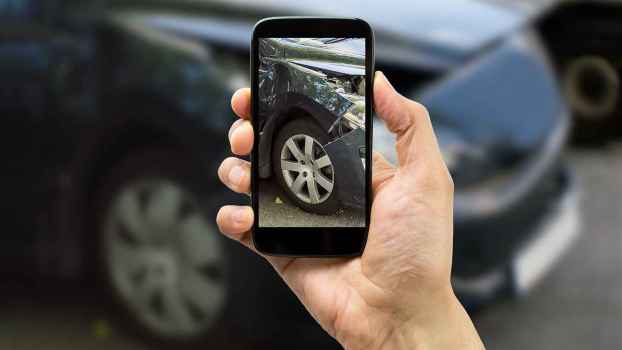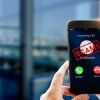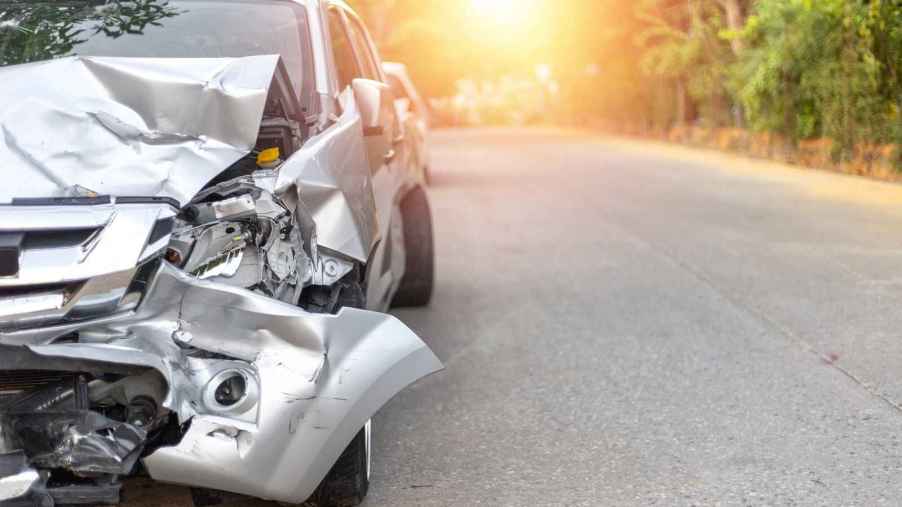
What Happens if You Have a Car Accident?
I’ve handled hundreds of collision claims as an ASE-certified service consultant. I’ve witnessed some frustrating back-and-forth administrative battles because the folks involved didn’t follow certain steps after a collision. Here’s what happens if you have a car accident. I’ll start with safety recommendations from the Insurance Information Institute before going into the repair process.
Keep safety the priority
Whether you’re the at-fault driver or not, safety is key if you have a car accident. Ensure you are in a safe position before exiting the vehicle. This includes understanding your surroundings and any other people involved. You might need to pull over or even stay in your car until authorities arrive.
Address injuries
If anyone is hurt, call 911 or encourage bystanders to call for you.
Consider calling the police or state highway patrol
After safety is handled, what happens if you’re in a car accident depends on many circumstances.
Generally speaking, if the accident is a small fender bender, and the at-fault driver provides valid and current information while both parties feel all is well, it’s possible to skip calling authorities.
However, in my experience processing collision repairs, I would opt to call if I felt uneasy with the circumstances at hand.
I’ve had customers who decided not to call first responders and ended up having to pay out of pocket for some or all of their repairs because the at-fault driver lied to them or provided false information.
An at-fault driver could be uninsured or driving without a valid license. They could also be under the influence, for instance. You just never know, so don’t feel bad about calling if you feel unsure.
The officer will interview both parties and may or may not issue a citation. Either way, having a third-party document of the incident can prevent lengthy back-and-forth calls with insurance companies.
Assuming you are not dealing with urgent legal issues associated with your car accident, we can move on to the collision repair process.
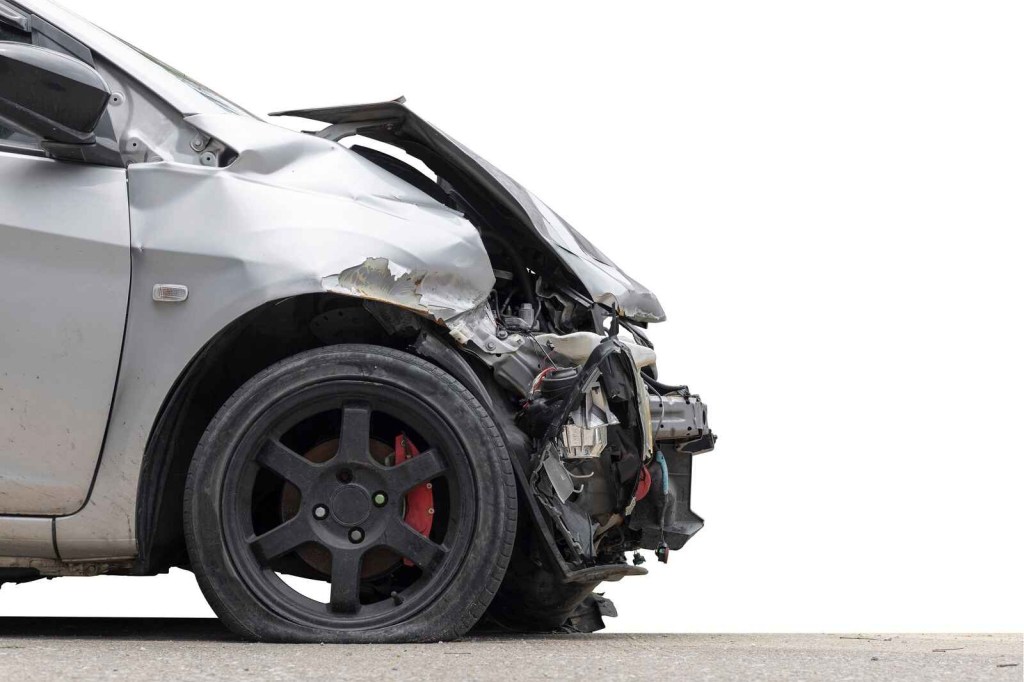
Collect information
Make sure you have the following information from the other driver:
- Make sure you have the following information from the other driver:
- Name
- Address
- Phone number
- Driver’s license image/number
- Vehicle registration image
- Insurance card image/policy number
- License plate number
- VIN
File an incident report
If you don’t call authorities, you can still file an incident report in person or online. Having an incident report could be helpful in the insurance claims process.
Evaluate the damage
Be sure to take a lot of photos, using various angles.
If the damage is only slightly cosmetic, you really don’t need to do anything after with urgency. You can carry on with your day until you decide to address repairs.
If your car isn’t driveable, you’ll need to have it towed home or to a repair facility.
Call the insurance company
These days, different insurance companies have various procedures for opening a claim.
Some will ask where the car is located and then send out an adjuster to estimate repairs in person. Others will schedule a virtual estimate where an adjuster views damages remotely and prepares an initial estimate. Yet others may require you to get multiple estimates before approving repairs and issuing any funds.
Understand your insurance policy
If an accident is your fault, and you have collision insurance, you’ll need to pay your deductible as part of the repair process. If you don’t have collision insurance, you’re on your own to pay for repairs.
If you’re the at-fault driver, the insurance company will approve an estimate and either send you a check or send a check to the collision shop. Either way, the amount issued will be less your policy’s deductible.
If you aren’t at fault, you shouldn’t have to pay anything, including rental car or storage fees.
If you aren’t the at-fault driver, and you’re filing a claim under the other party’s insurance, the company will likely seek to communicate with their policyholder first. They may ask for a copy of the police report. Expect the process to include a hoop jump here or there before getting any repair funds approved and issued.
Understand the repair timeline
It’s really hard for collision repair shops to find skilled staff to work full-time without issue. This is causing bottlenecks across the country. Expect a reputable body shop to have weeks- or months-long turnaround times if repairs are more than remove-and-replace.
This may seem like a shock, but if multiple panels, refurbishing, and painting are involved, the process is time-consuming. Line up a full book of clients, and the backlog gets lengthy.
Consider statewide weather’s effect on body shops, too. Expect accidents occurring during weather events or seasonal conditions to push wait times longer.
The insurance company in play should take care of rental car and storage fees up to a certain point.
Ask for a post-repair audit
You might find it helpful to have the collision shop walk around your finished car and go over the repair estimate and bill with you to confirm all items have been performed.
This is a great time to inspect the car closely, even against photos from before the repair. Check for paint defects, cracked components, or anything misaligned.
If you still aren’t sure repairs were made in good faith, you can always seek a third-party audit from another shop.
Overall, what happens if you have a car accident can vary greatly on the circumstances. Ideally, no one is hurt, damages are all covered by insurance, and quality repairs are made.
